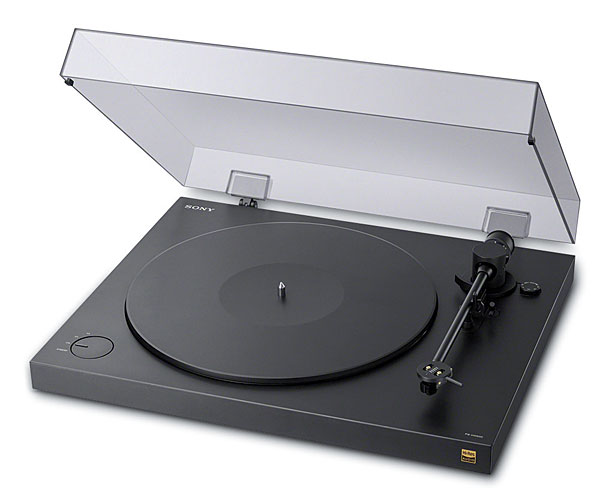Hello all
I thought I would make this post as I am currently researching gear to purchase for a rather special project.
My dad spent a lifetime as a professional musician & teacher - and sadly has advanced dementia.
After 6 years of constant searching I have FINALLY found & purchased a very special vinyl record that he was a performing musician on. Given the rarity of the vinyl and it simply not being anywhere digital - I am wanting to transfer it to a high quality digital version
I am looking for recommendations on a setup that would give me a decent turntable (that would warrant future upgrades), pre-amp, and audio interface - budget is 1-2k AUD
The goal is to rip the vinyl soon (along with the rest of the collection I have), and fingers crossed my dad remembers this album

cheers for any suggestions

